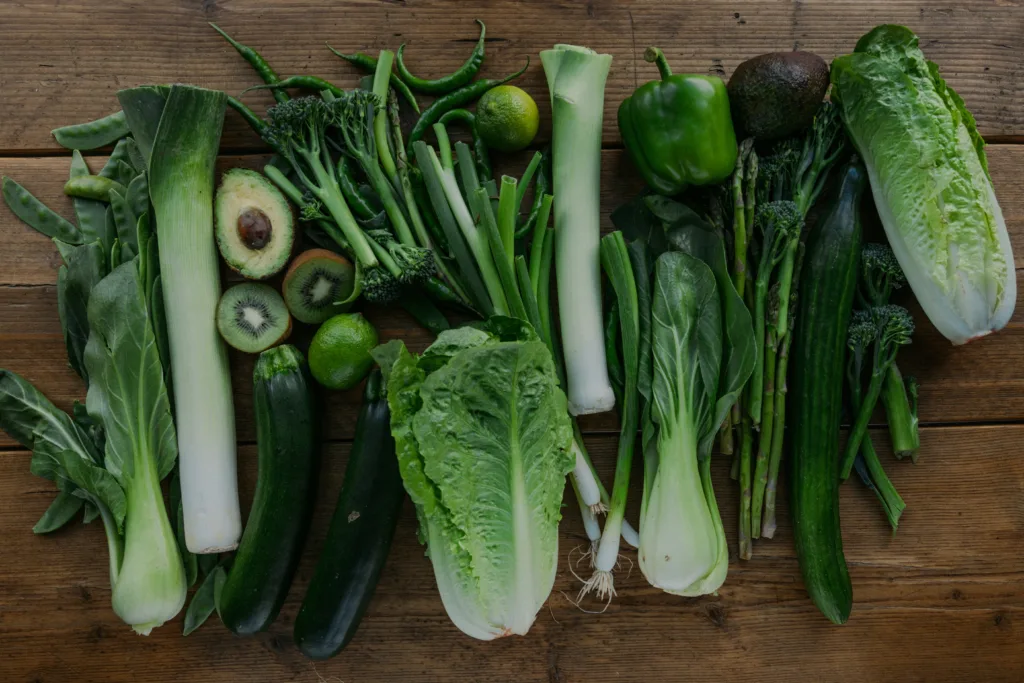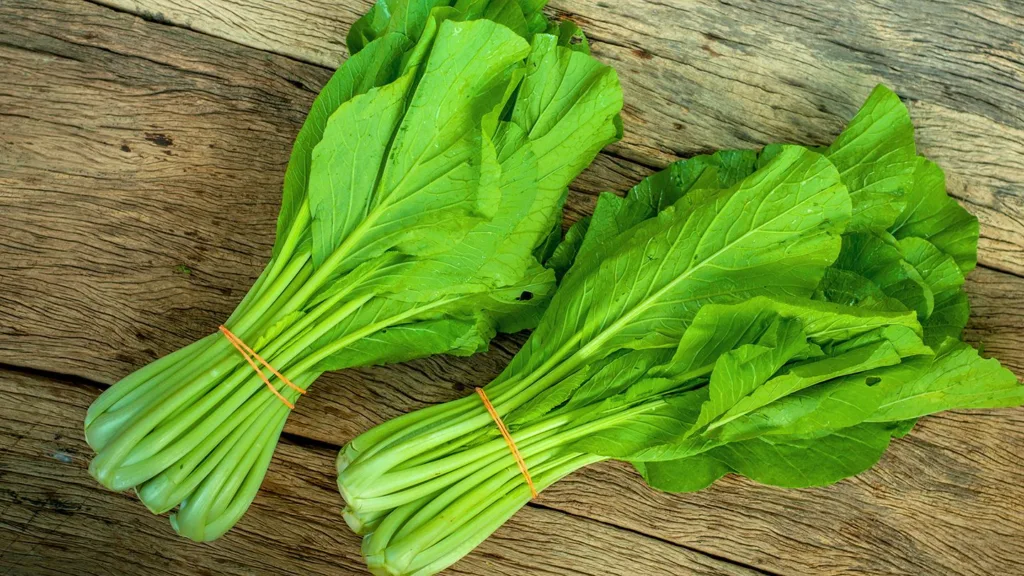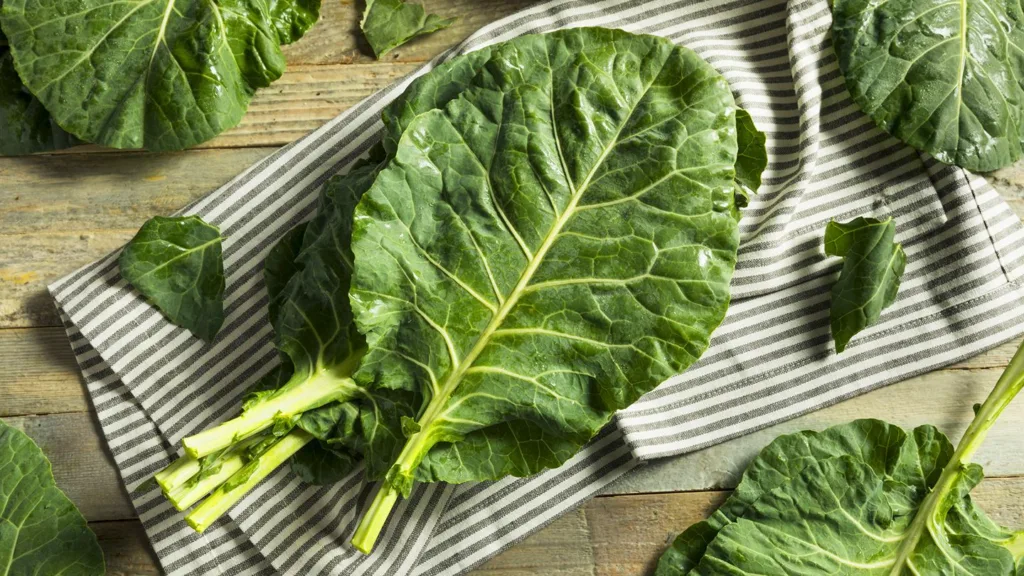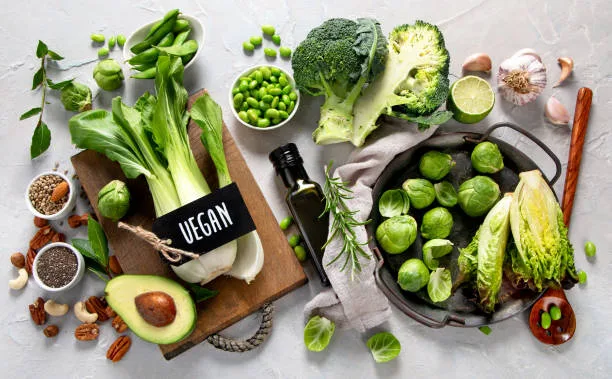The path to sustainable weight loss is paved with healthy choices. While exercise plays an important part, what we put on our plates is truly the driving force behind weight management. When it comes to nutritional powerhouses, look no further than leafy green vegetables. These low-calorie, high-fiber superfoods are brimming with vitamins, minerals and antioxidants. Incorporating leafy greens into your diet can be a game-changer when it comes to losing weight and improving health.
Obesity rates continue to climb, now affecting over one third of American adults. Carrying excess weight puts you at risk for chronic diseases like heart disease, diabetes and cancer. But the good news is that small changes to your eating habits can get you on track to your weight loss goals. Leafy greens are one of the most powerful tools in your nutritional arsenal. Let’s explore the many reasons these awesome veggies can help craft a path to weight loss success.

Types of Leafy Greens
Not all leafy greens are created equal. Different types provide their own unique blend of nutrients and benefits. Here are some top choices to include in your weight loss plan:
- Kale – This superstar is packed with vitamin K, vitamin A, and cancer-fighting compounds like sulforaphane. Curly kale, dinosaur kale and lacinato kale are all great options.
- Spinach – Popeye was on to something! This versatile green is rich in iron, vitamins A, C and K, magnesium and folate. Opt for fresh spinach in salads and sandwiches.
- Arugula – Sometimes called “rocket”, arugula has a zesty, peppery kick and plenty of vitamin K, vitamin C, calcium and potassium. Toss into pasta or pizza.
- Romaine Lettuce – The king of salad greens, romaine is crunchy, hydrating and full of vitamins A, C and K. Shred into Caesar salads.
- Collard Greens – A staple of Southern cooking, collard greens are loaded with calcium, magnesium, potassium, vitamin K and fiber. Braise, grill or sauté them.
- Swiss Chard – This colorful green packs powerful antioxidants like beta-carotene and vitamin C. It also contains magnesium, potassium and iron. Add to stir-fries or tacos.
With so many options, you can easily add variety to your plate. Always choose fresh greens over canned or frozen to maximize nutrition.
Nutritional Value
When it comes to nutrient density, leafy greens deliver an incredible bang for your buck. Though low in calories, they are jam-packed with essential vitamins, minerals, antioxidants and fiber. Just one nutrient-rich cup of leafy greens provides:
- Vitamin A – Vital for immune function and healthy eyes. Leafy greens are one of the best plant-based sources.
- Vitamin C – This antioxidant boosts immunity and aids collagen production. Also helps iron absorption.
- Vitamin K – Essential for blood clotting. Leafy greens provide far more than other foods.
- Folic Acid – Critical for red blood cell production and heart health. Folate also aids DNA synthesis.
- Potassium – Helps lower blood pressure by balancing sodium levels and easing tension in blood vessel walls.
- Calcium – Needed for bone strength, muscle function, nerve transmission and hormonal balance.
- Magnesium – Supports bone health, immunity, sleep and cellular energy production.
- Iron – Oxygenates the blood to provide energy. Pair greens with citrus for better iron absorption.
This nutritional bonanza offers protection against chronic disease while providing satiety and energy for weight loss.

Low in Calories, High in Fiber
When you’re watching your waistline, calories and portions matter. The beauty of leafy greens lies in their low calorie load and high satiating fiber.
One cup of raw spinach, for example, provides just 7 calories. Other greens like kale, arugula and romaine also clock in at well under 50 calories per cup. Compare that to high-calorie alternatives like chips, fries, or sweets.
Despite being low in calories, leafy greens expand in your stomach thanks to their high fiber content. This fills you up on fewer calories, curbing appetite and preventing overeating. Fiber also feeds the beneficial bacteria in your gut microbiome.
By replacing higher calorie foods with nutrient-dense greens, you can eat satisfying portions that aid weight loss. This powerful combo helps explain why leafy greens are a mainstay of many effective diets.
Blood Sugar Regulation
Unstable blood sugar is a common weight loss saboteur. When your blood sugar spikes and crashes, it can ignite hunger, cravings and overeating. Leafy greens can help regulate your blood sugar response.
Fiber is a key driver of this benefit. Slowly-digested fiber prevents blood sugar spikes by slowing the rate at which carbohydrates are absorbed. Magnesium found in leafy greens may also play a role in stabilizing blood sugars.
Steadier blood sugar provides lasting energy while keeping hunger at bay. This makes it easier to resist cravings and unhealthy high-calorie snacks that can undermine weight loss. So by incorporating leafy greens at meals, you’ll feel fuller longer while maintaining even energy levels.
Satiety and Fullness
Leafy greens are the ultimate low-calorie food for volume and satiety. Their high water and fiber content allows them to expand in the stomach, taking up space to trigger stretch receptors that signal fullness.
This satiating effect has been demonstrated in multiple studies. For example, when adults consumed a first course salad before lunch, they reduced their total calorie intake at the meal. Other trials found eating a low-calorie salad before a meal decreased hunger and increased fullness.
By starting a meal with a big salad, you can curb your overall calorie intake painlessly. The water and fiber in leafy greens keep you feeling pleasantly full, helping you eat less without feeling deprived. Harnessing their satiating power is a smart strategy for weight management.

Nutrient Density
If you’re keeping an eye on portions for weight loss, you want to maximize nutrition from every calorie. This is where the concept of nutrient density comes into play. Nutrient dense foods provide substantial vitamins, minerals and antioxidants relative to their calorie content. Leafy greens score very high in this regard.
Calorie for calorie, leafy greens deliver more nutrition than most other foods. For instance, kale provides nearly 1,300% of your daily vitamin K in just 100 calories. Compare that to a 100 calorie bag of chips, which offers zero nutrients beyond the calories.
By privileging nutrient dense greens over empty calorie foods, you can easily meet your nutritional needs in a calorie-controlled diet. Leafy greens help ensure you get satisfying nutrition within your daily calorie budget. This nutrient density optimizes health while facilitating steady weight loss.
Meal Ideas and Recipes
Leafy greens are endlessly versatile, blending seamlessly into meals and recipes. Take them beyond boring side salads with these delicious ideas:
- Breakfast: Add spinach, kale or arugula to a veggie omelet or scrambled eggs.
- Lunch: Top your favorite sandwich or wrap with crisp romaine lettuce or peppery arugula.
- Snacks: Wrap veggies like zucchini, bell peppers and cucumber in a leafy green lettuce wrap.
- Soups: Add a handful of spinach or chard to minestrone, lentil or chicken noodle soup.
- Pasta: Toss leafy greens like arugula, kale or basil into hot pasta right before serving.
- Pizza: Top homemade or store-bought pizza with fresh spinach, arugula or basil.
- Tacos: Mix crispy romaine lettuce into ground beef or turkey tacos.
- Stir fries: Quickly wilt chopped kale, spinach or bok choy into any stir fry near the end.
With so many easy ways to incorporate leafy greens, there’s no excuse not to eat more of these awesome veggies!
Tips for Incorporation
Adopting more leafy greens into your diet is easier than you think. With a few simple tips, you can effortlessly add greens to your daily repertoire:
- Store greens pre-washed and chopped to eliminate prep time excuses.
- Add greens to dishes you already make like casseroles, pastas, pizzas, sandwiches, eggs and soups.
- Try different cooking methods like sautéing, braising, grilling or steaming to liven things up.
- Blend greens into smoothies, green juices and protein shakes for an antioxidant boost.
- Use leafy greens as snack dippers in place of crackers, bread or chips.
- Throw a big handful of spinach or kale into whatever you’re already cooking in the last 1-2 minutes.
- Make large salads for leftovers so you always have greens ready to eat.
- Create grab-and-go salad jars or bags to take for quick lunches and snacks.
- Grow your own greens in a garden, container or indoor herb garden for easy access.
By taking advantage of these simple tips, you’ll find it effortless and enjoyable to eat more greens for better health.
Precautions and Allergies
Leafy greens are very safe for most people, but there are some precautions to keep in mind. Those taking blood thinners like Warfarin should keep vitamin K intake consistent. Sudden increases from greens can interfere with medication effectiveness.
Some people are allergic to specific greens. For example, avoid spinach if you have kidney stones due to its oxalate content. Introduce new greens slowly and watch for reactions like rash, itching or swelling. Discontinue any greens that cause an allergic response. Speak to your doctor about medication if needed.
Beyond allergies, leafy greens are very safe when kept clean and properly handled to prevent foodborne illness. Simply rinse them well, avoid wilted or damaged leaves, and refrigerate promptly. With these basic precautions, you can enjoy their multitude of benefits.

Success Stories
Don’t just take it from me – hear real-life weight loss success stories from people who incorporated more greens. Jennifer lost 25 pounds by eating a big salad before dinner every night. Mark credits giant veggie-packed salads for giving him lasting fullness that reduced his calorie intake enough to shed 40 pounds.
Samantha aims to eat at least 2 cups of leafy greens at both lunch and dinner. She says they provide volume and satisfaction that stops her from snacking and overeating. This strategy helped her lose a steady 3 pounds monthly for a year.
No matter your starting point, adding more greens can catapult your weight loss efforts. Their powerful nutritional profile, low calories, and high satiety give you an advantage for shedding pounds sustainably.
Scientific Evidence
The benefits of leafy greens for weight loss go well beyond anecdotal stories. Extensive scientific research backs this up:
- A 2019 meta-analysis found that increased fiber intake from vegetables significantly reduced body weight, BMI and visceral fat. Leafy greens are top sources of satiating fiber.
- A 2015 study concluded that greens can improve lipid profiles and lower cardiovascular disease risk due to their high antioxidant and phytonutrient content. Oxidative stress and inflammation are linked with obesity.
- Research shows leafy greens support microbiome diversity and feed beneficial gut bacteria. A diverse microbiome correlates with healthier weight and reduced fat mass.
- Multiple studies reveal that starting a meal with salad reduces overall calorie intake. The volume, satiety and nutrients signal fullness.
Clearly, science confirms what nutritionists have long known – a steady intake of leafy greens supports healthy weight loss through multiple mechanisms.
Additional Benefits
Beyond weight management, loading up on leafy greens comes with a slew of additional perks:
- Slows aging through antioxidant and anti-inflammatory activity
- Supports heart health by lowering blood pressure and cholesterol
- Reduces cancer risk thanks to special phytochemicals
- Improves digestion and gut health when eaten regularly
- Helps stabilize blood sugar and insulin response
- Promotes skin health and appearance due to high antioxidant content
- Enhances immune function to fight disease thanks to vitamins A, C and E
- Protects eyesight through anti-oxidant carotenoids like lutein
- Improves athletic performance and quicker recovery times
This list barely scratches the surface of the diverse benefits offered by mother nature’s nutritional powerhouses.
Conclusion
Harnessing the power of vegetables can make all the difference on your weight loss journey. When it comes to greens, you simply can’t go wrong filling your plate with these nutritional dynamos. With their low calories, high satiating fiber, abundant nutrients, and versatile flavor, leafy greens should be a staple in any healthy diet.
Whether enjoying big salads, blending greens into smoothies or sautéing spinach with your eggs, adding more greens benefits virtually every meal. The compelling scientific evidence and real-world weight loss success stories speak for themselves. Now is the time to unleash the full potential of leafy greens for improved health and lasting weight management.
The journey continues with each nutritious choice we make. I invite you to explore more tips and healthy, delicious recipes by subscribing to my free newsletter. Together we can discover the many paths to achieving our best body and health. Until next time, here’s to your health and continued success!
Thank you for reading this post, don't forget to subscribe to our free newsletter
!
